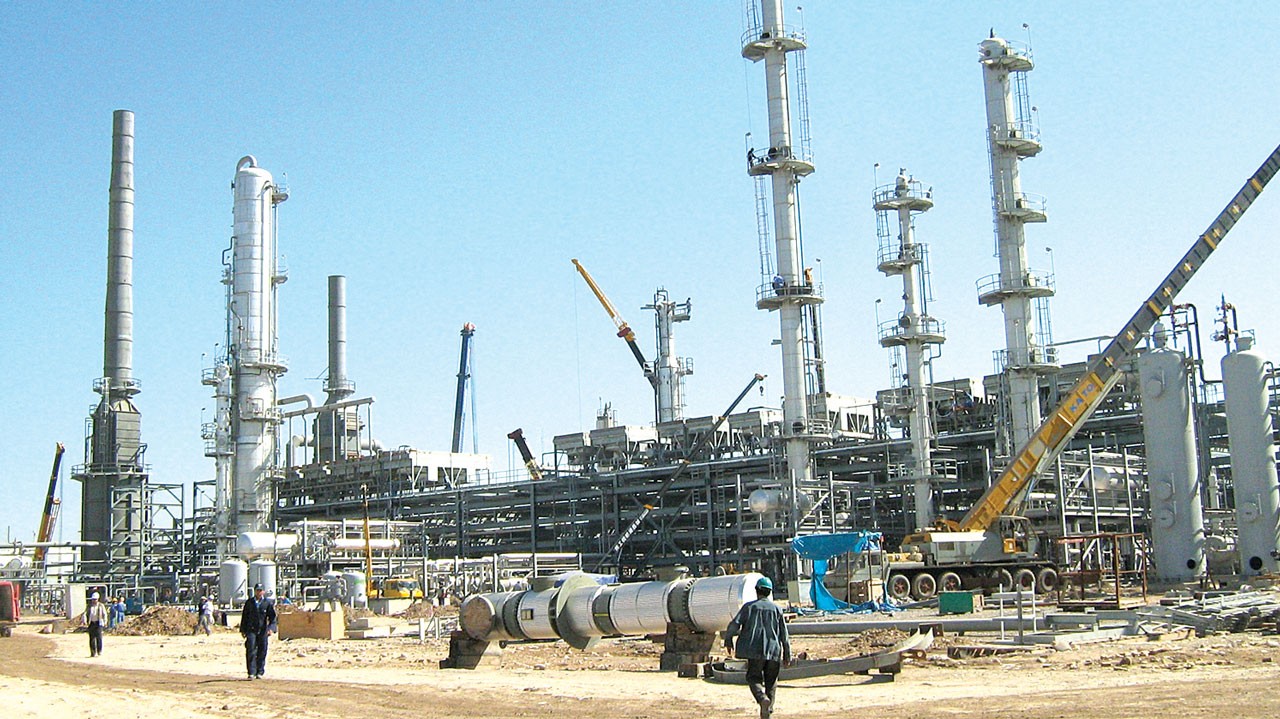The Technological Environment in Nigeria
Since 2010, Nigeria has undertaken a considerable military modernization program and has received equipment from some 20 countries with China, Russia, and the US as the leading suppliers.
- Satellite earth stations – 3 Intelsat (2 the Atlantic Ocean and 1 Indian Ocean) (2019).
- The landing point for the SAT-3/WASC, NCSCS, MainOne, Glo-1 & 2, ACE, and Equiano fiber-optic submarine cable that provides connectivity to Europe and South and West Africa.
- Multiple cellular providers operate nationally with a subscribership base of over 99 per 100 persons (2020).
SEAECOM


Communication Methods
- Nigeria concluded its first 5G spectrum auction in 2021 and granted licenses to two firms: MTN Nigeria and Mafab Communications
- 36% of the population uses the internet as of 2020.
- Most Internet connections are via mobile networks.
- The Department of Telecommunications and Postal Services (DTPS) rollout of South Africa Connect plans to connect 90% of the South African population to the internet by 2020 through the State IT Infrastructure Company’s project. The project aims to deliver 100% .
Foreign investment presence, particularly from China, importer of phones and broadcast equipment.
With the large number of high-profile cyber-attacks and other online vulnerabilities, the demand for IT security products and software is high as well. Peer-to-peer payment and point-of-sale payments companies are opportunities for faster and safer financial technology.
The budget for technological advancement manufacturing is compromised, due to the low employment rate and the removal of corrupt politicians, causing technology to stagnate.
Operators deployed fiber optic cable in six geopolitical zones and Lagos and invested in base stations to deplete network congestion.
The innovations index for Nigeria is 20.1 points sitting 19th in Africa and 118th globally (2021).
Digitalization
Digitization is disrupting travel, banking, auditing, retail, and many other industries: the rapid adoption of game-changer technology. What used to take several inefficient steps can now be automated with a rapid reduction in costs but also at the expense of many jobs.


